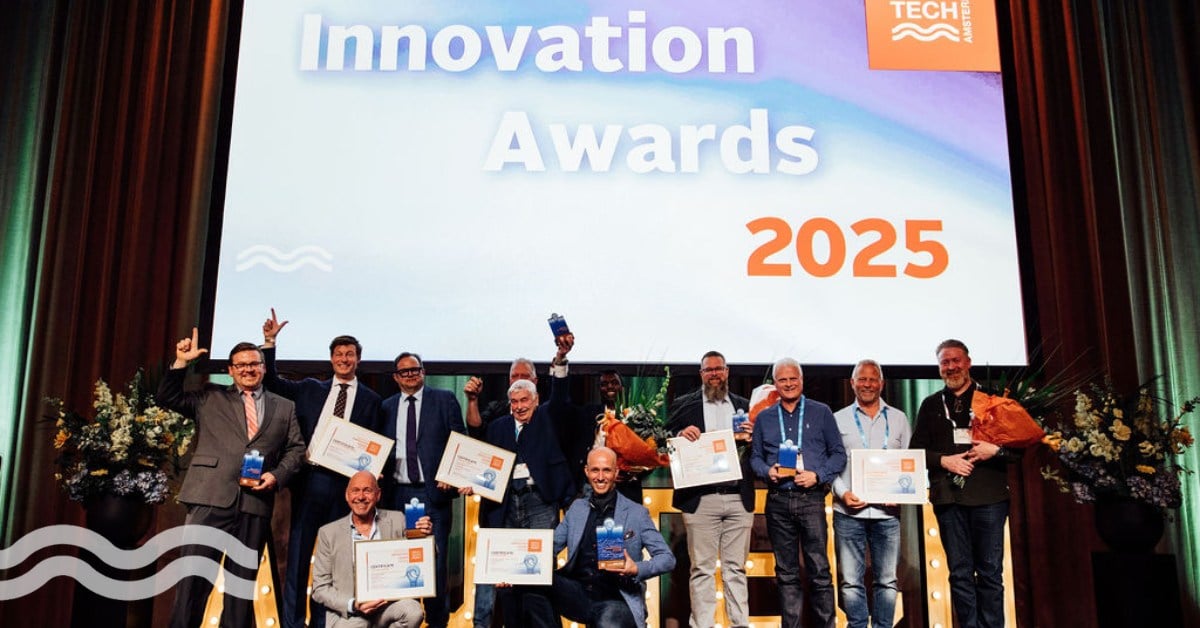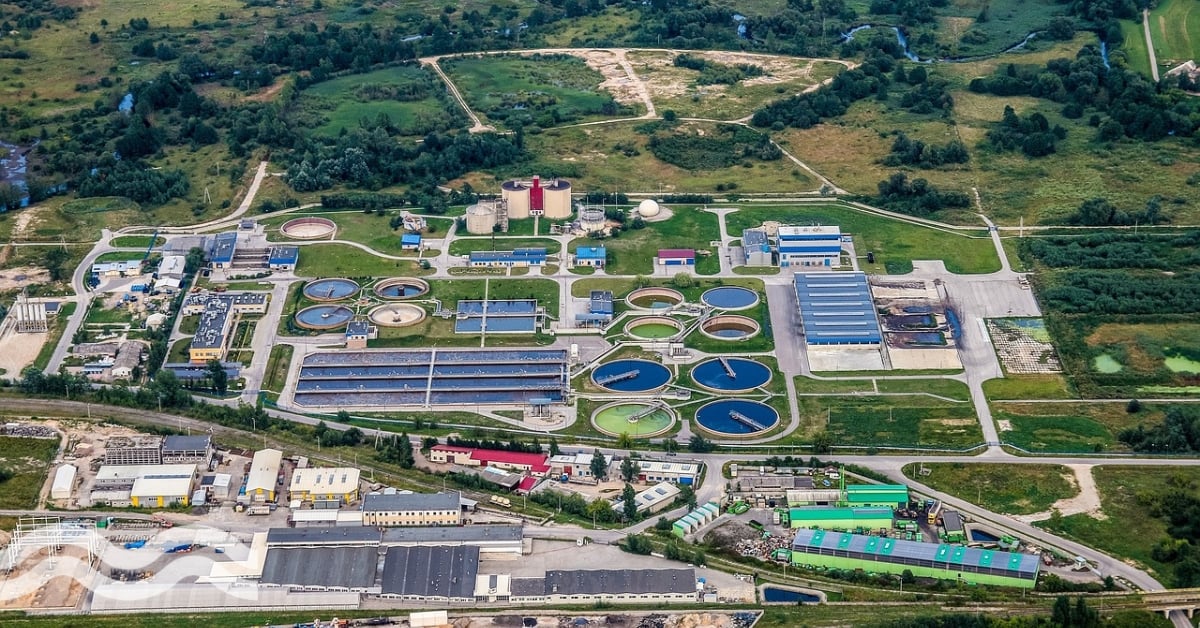Microplastics remain area of emerging concern
The latest analysis of Europe’s Urban Waste Water Treatment Directive (UWWTD) concludes that while compliance rates with EU wastewater collection and treatment rules are high and are increasing, there are areas of emerging concern that are not being effectively addressed. In particular, pharmaceuticals and plastics are areas emerging concern that require additional action.
Plastics and the emerging challenge for water
This new analysis comes two years after the Commission launched its Europe-wide strategy on plastics in a bid to keep them from entering the hydrological cycle.
As part of the transition towards a more circular economy, the strategy will, for example, see all plastic packaging on the EU market be recyclable by 2030.
Other measures include reducing the consumption of single-use plastics and restricting the intentional use of microplastics.
Launching the plastics strategy First Vice-President Frans Timmermans, responsible for sustainable development, said in statement: "If we don't change the way we produce and use plastics, there will be more plastics than fish in our oceans by 2050. We must stop plastics getting into our water.”
Timmermans added: “We need to invest in innovative new technologies that keep our citizens and our environment safe whilst keeping our industry competitive."
Addressing plastics in water the European chemicals agency, ECHA, for example has proposed wide-ranging restrictions on the use of these microplastic products which it is estimated will reduce emissions by at least 70 per cent and prevent the release of 500,000 tonnes of microplastics over the 20-year period following its introduction, due in 2022.
- Microplastics in drinking water
- More data needed on microplastics
- River Thames heavily polluted by microplastics
However, the Commission has also recently launched an impact assessment to evaluate different policy options with the aim of modernising the UWWT Directive to take into account specific concerns such as microplastics.
Plastics at source or at treatment plants
According to the European Commission, Europeans generate some 25 million tonnes of plastic waste a year, but less than 30 per cent of this is collected for recycling. In response to growing environmental concerns a swathe of new technologies are emerging that attempt to limit the release of microplastics at source.
The Tyre Collective, for example, is developing an electrostatic technology designed to collect microplastics that are shed from vehicle tyres during use. Runners-up in the James Dyson Award, the device is fitted to the wheel and collects particles at source which can then be recycled or reused in new tyres, or other materials such as ink, 3D-printing or soundproofing.
A similar project aims to address one of the major sources of microplastics in the environment, washing synthetic fabrics, with the use of filters attached to domestic washing machine outlets.
Canadian charity Georgian Bay Forever is expending its research project looking at how effective filters are in preventing egress of microplastics into the water system. This two-year research programme will expend the scheme to a further 300 properties.
However, while these technologies offer a route to reduce the microplastic reaching the environment, municipal water treatment works are a potential target to make changes to the volume of plastics that reach the rivers and oceans.
“While wastewater treatment plants are a pathway for microplastics they also have the potential for blocking microplastics too.”
The International Water Association (IWA) notes that while wastewater treatment plants are a pathway for microplastics, they also have the potential for blocking microplastics too.
While conventional water treatment technologies were not designed to address microplastics and generally do not, more sophisticated and modern technologies are able to tackle microplastics in wastewater.
The note, for example, activated sludge and membrane filtration as attractive methods that can remove more than 99 per cent of the microplastics that had gone through preliminary processing.
A recent study by Paul Iyare and others published in Environmental Science: Water Research & Technology Recent Review Articles found that secondary and tertiary WWTPs removed an average of 88 per cent and 94 per cent of microplastics, respectively.
New collaborations and reports
In its 10th annual report on the urban wastewater directive, the European Commission points to different degrees of success between the various Member States and that while the trend is positive, full compliance with the Directive has not yet been achieved.
The Commission also notes that the Directive is too old to deal adequately with new concerns, even though 95 per cent of wastewater in the EU is collected and 88 per cent is biologically treated.
A key challenge to further improvement that has been identified by the Commission is the cost of implementing the directive. Indeed, finance remains the main challenges for the water service sector.
The EU Commissioner for the Environment, Fisheries and Oceans, Virginijus Sinkevičius, noted: “In some EU Member States waste water infrastructure needs better planning and more financing. We will now do our utmost to drive innovation and new investments in environmental infrastructure everywhere in Europe.”
Financing treatment for plastics in water
A new study between the European Commission and OECD which estimates the investment needs and financing capacities for water-related investment in EU member states concludes that while EU countries collectively spend some EUR 100 billion per year on water supply and sanitation significant increases are need to meet compliance with the UWWTD ad Drinking Water Directive.
Total cumulative additional expenditures for water supply and sanitation amounts to EUR 289 billion by 2030 for the 28 Member States. Investments to reach compliance with the UWWTD represent the lion's share of this total.
“Water pollution by microplastics is complex and multidimensional, and managing it effectively requires a range of responses.”
A study, provisionally titled Assessing available technologies and providing a toolkit of options of technologies to remove plastic, microplastic and microfibres from wastewater and sludge is due to be launched at the United Nations Environment Assembly slated for February 2021.
A collaboration between UNEP and the International Water Management Institute, the study is co-authored by Birguy Lamizana, a wastewater expert with the United Nations Environment Programme (UNEP).
“Water pollution by microplastics is complex and multidimensional, and managing it effectively requires a range of responses,” said Lamizana
Related content
Share your water technology stories with us
Do you have an innovation, research results or an other interesting topic you would like to share with the international water technology industry? The Aquatech website and social media channels are a great platform to showcase your stories!
Please contact our Sr Brand Marketing Manager Annelie Koomen.
Are you an Aquatech exhibitor?
Make sure you add your latest press releases to your Company Profile in the Exhibitor Portal for free exposure.
We promise never to send you spam and you can unsubscribe at any time!



